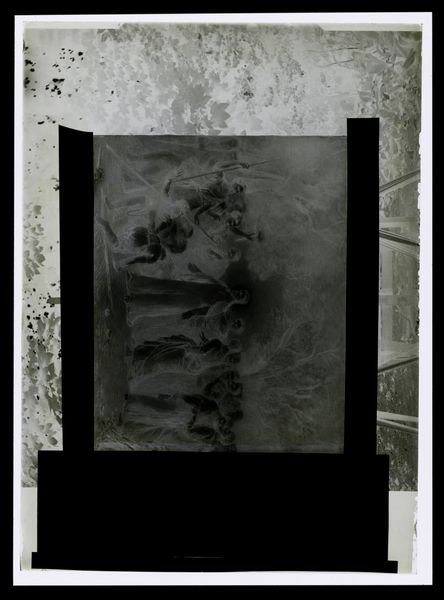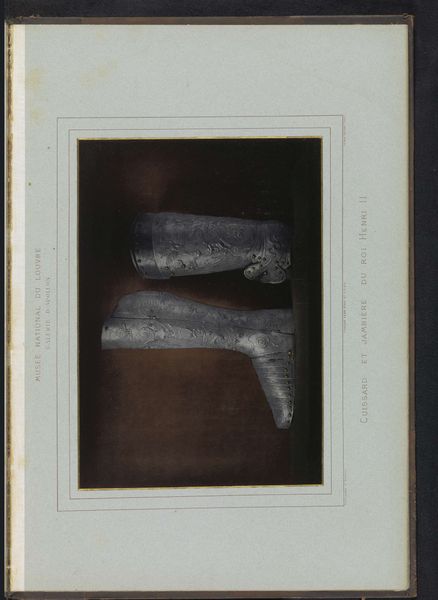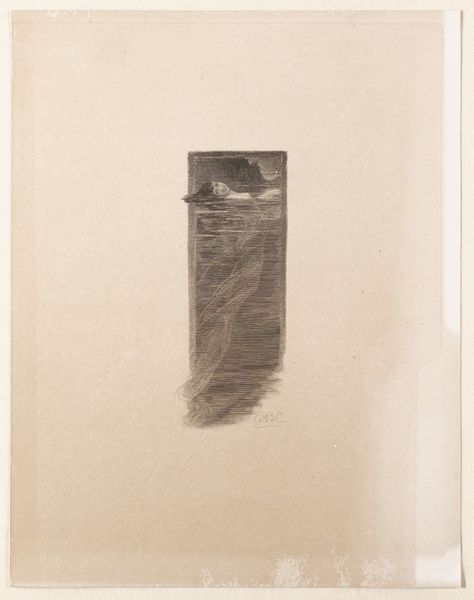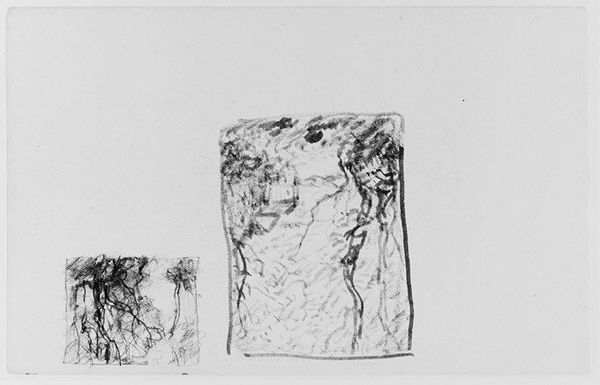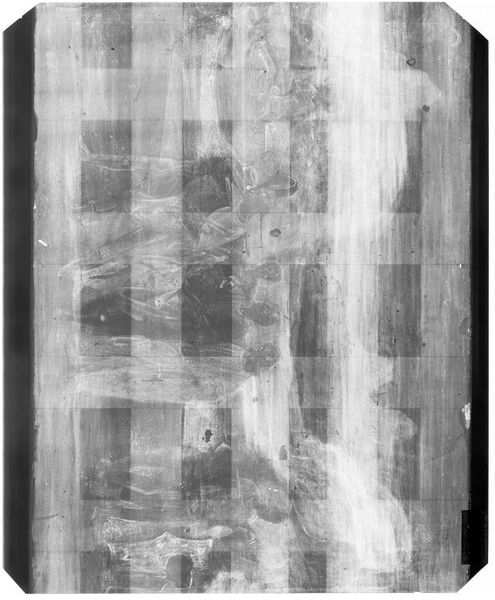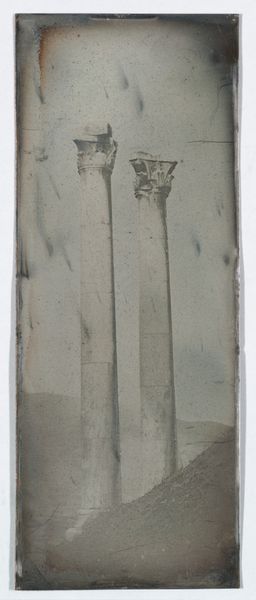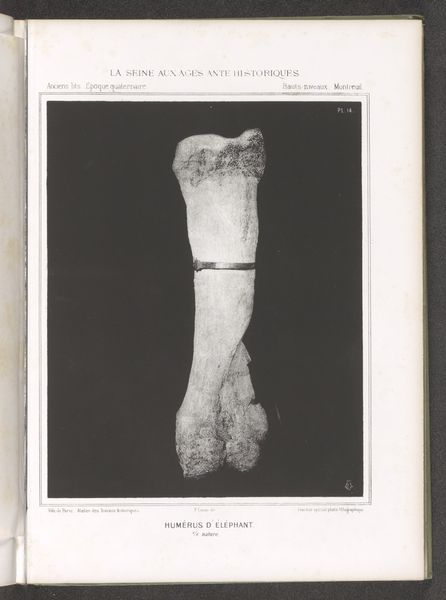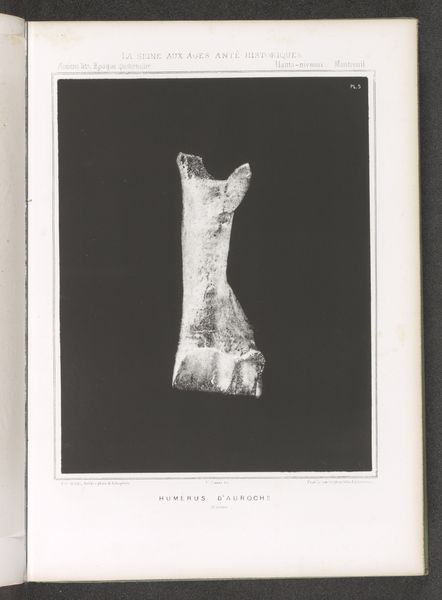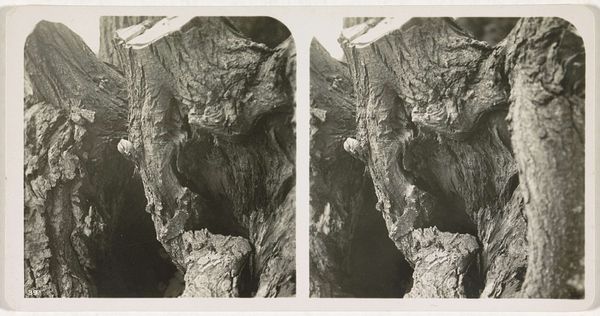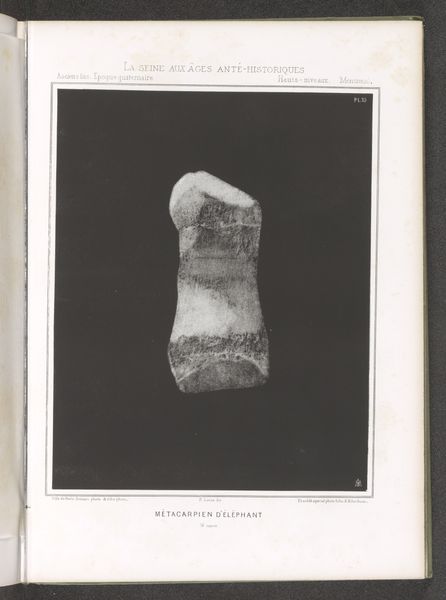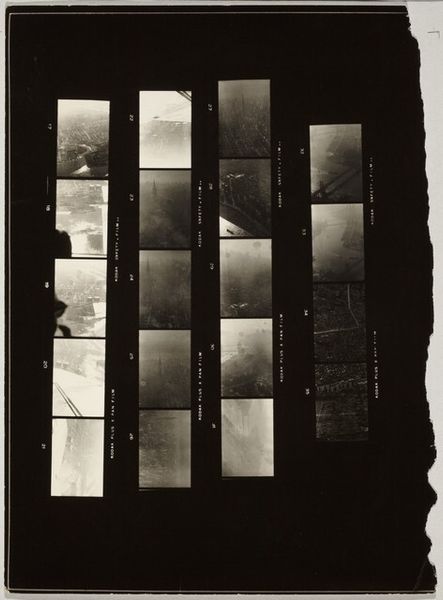
carving, sculpture
#
carving
#
sculpture
#
geometric
#
sculpture
#
carved
Dimensions: height 180 mm, width 130 mm
Copyright: Rijks Museum: Open Domain
Curator: These carvings are listed as "Architecturale ornamenten" by Laurens Lodewijk Kleijn, dating from around 1865 to 1900. There isn’t much in the archives, but these were likely studies or models for larger works. What springs to mind for you when you look at them? Editor: Oof, they’re imposing, aren't they? Even in this inverted, ghostly grayscale, they feel really assertive, masculine almost. Definitely something authoritarian. I’m put in mind of, you know, old empire vibes, classical architecture reimagined through a… brutish lens? Curator: Yes, I see what you mean! They possess that slightly unnerving quality that you often find when ornamentation flirts with propaganda. The formal precision of the repeating motifs against the roughhewn texture is an interesting dichotomy though. Editor: Absolutely, that tension speaks volumes! You've got this incredibly ornate detail, these almost baroque swirls and flourishes, but imprisoned in these stark, unforgiving blocks. It feels… violent, doesn't it? The repression of beauty for some grand, impersonal design. Curator: That makes me wonder, given the time frame, about the socioeconomic contexts. Consider the rise of industrialism—perhaps Kleijn is exploring the dehumanizing impact of mechanization through this architectural lens? Are those little floral bits fighting back, though? Trying to soften the blow, so to speak? Editor: Interesting! A fight for beauty. Or perhaps it represents how power always needs to dress itself in finery, to disguise its inherent ugliness. Maybe these floral elements, as you said, soften things, acting as a smokescreen for the overall domineering structure. A wolf in sheep's clothing kind of deal. Curator: Regardless of Kleijn's intent, the tension certainly generates that feeling. Thinking of all those grand civic buildings that arose at that time – this carving almost seems to strip back the grandiosity, revealing something perhaps more elemental… even disturbing at the heart of these symbols of power. Editor: Precisely! It's like the unconscious made visible. Something that, as citizens, we might experience as a gut feeling without fully understanding why we are so intimidated by displays of power. Food for thought indeed. Curator: So next time you're walking around the grander parts of your city, take a moment to remember these smaller, ghostly carvings… Editor: …and remember to question whose vision of beauty truly dominates our shared spaces!
Comments
No comments
Be the first to comment and join the conversation on the ultimate creative platform.

